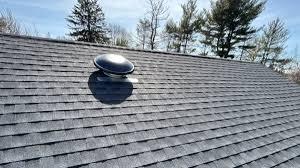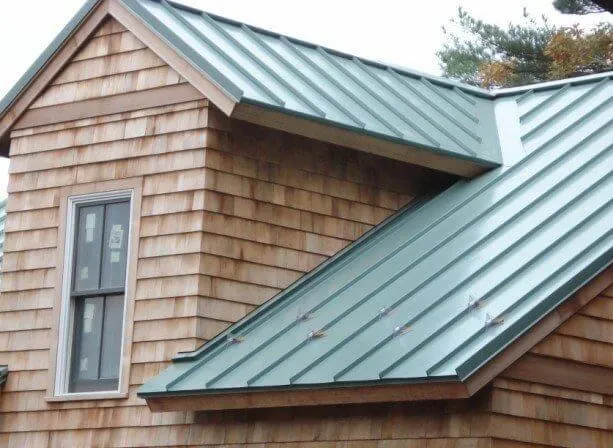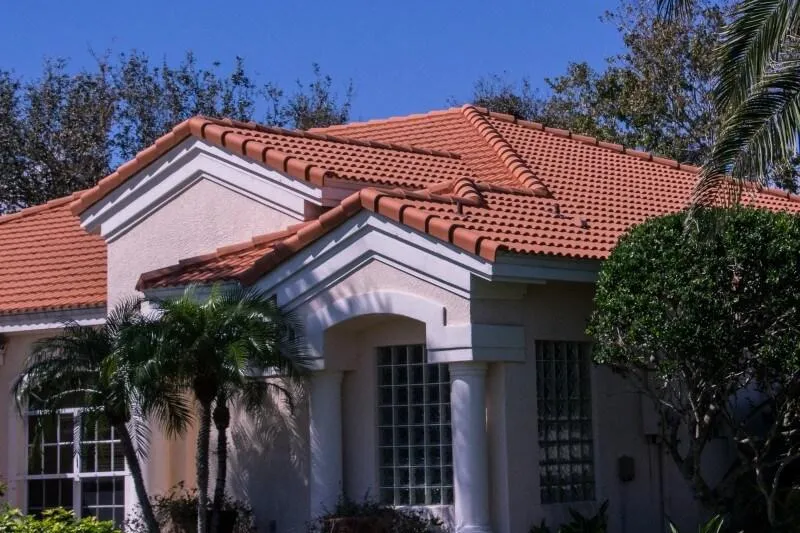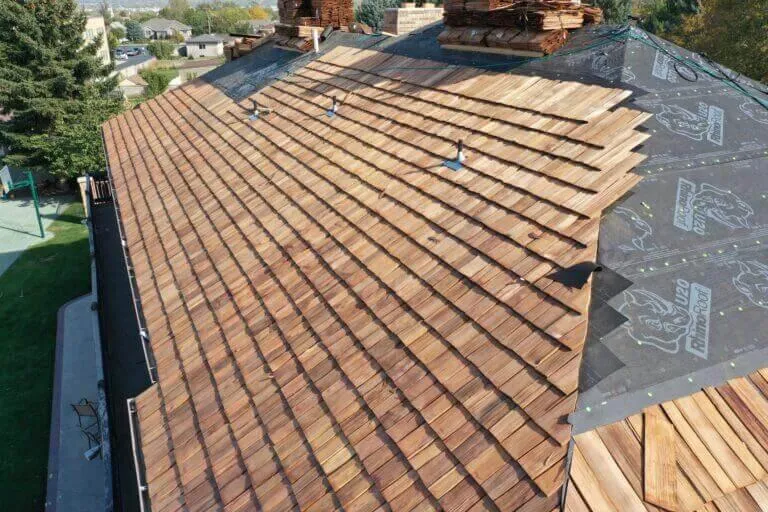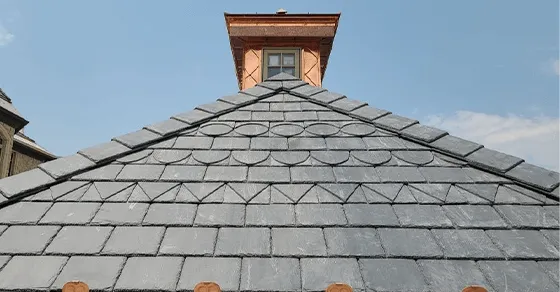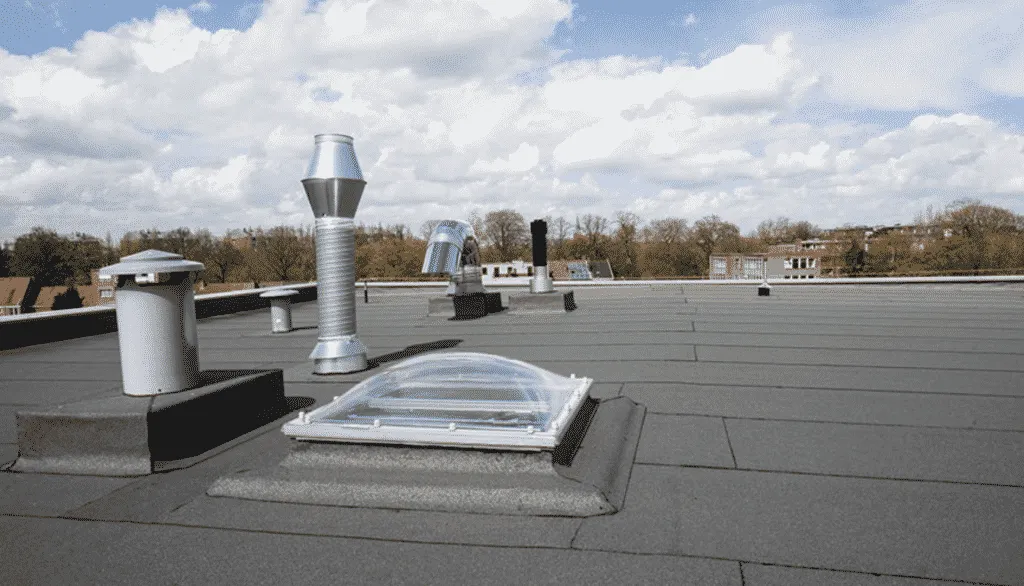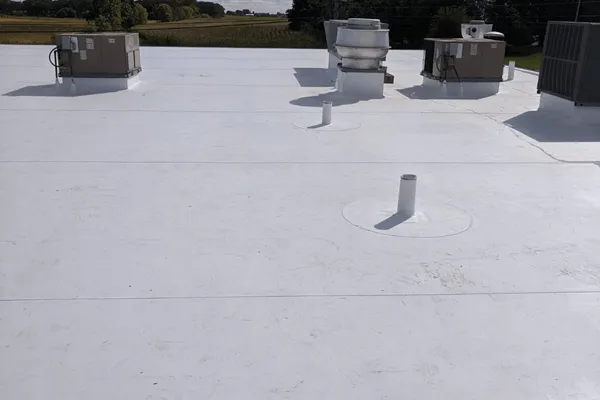TPO Roof Leak Detection Carmichael
TPO Roof Leak Detection Carmichael
If you own a building with a TPO roof in Carmichael, you know how important it is to keep it in good shape. TPO roofs are popular for their durability and energy efficiency, but like any roof, they can develop leaks over time. Recognizing the signs of a leak early can save you a lot of trouble down the road. In this article, we'll explore how to detect leaks in TPO roofing systems, the methods for fixing them, and how to maintain your roof to prevent future issues.
Key Takeaways
TPO roofing is known for its durability and energy efficiency.
Common signs of leaks include water stains and mold growth.
Infrared scanning is a useful technique for leak detection.
Professional repair services ensure quality and speed.
Regular maintenance can prevent leaks and extend your roof's lifespan.
Understanding TPO Roofing Systems
What Is TPO Roofing?
Okay, so what is TPO roofing anyway? Well, TPO stands for Thermoplastic Polyolefin. It's a single-ply roofing membrane that's becoming super popular, especially for commercial buildings. Think of it as a big, flexible sheet that's rolled out and heat-welded together to create a waterproof barrier. It's known for being reflective, which helps keep buildings cool and saves on energy costs.
Benefits of TPO Roofing
Why are people choosing TPO? Here's the lowdown:
It's cost-effective. Compared to some other roofing options, TPO can be easier on the wallet.
It's energy efficient. That reflective surface I mentioned? It really does help lower those AC bills.
It's durable. TPO can withstand some pretty harsh weather conditions, which is great for places like Carmichael where we get those hot summers.
It's flexible. This material can move a bit with the building, which helps prevent cracks and leaks. If you need TPO roof repair, it's good to know it's a durable material.
TPO roofing is a solid choice if you're looking for something that balances cost, durability, and energy efficiency. It's not perfect for every situation, but it's definitely worth considering.
Common Applications for TPO Roofing
So, where do you usually see TPO roofs? Mostly on commercial buildings with flat or low-sloped roofs. Think warehouses, office buildings, and retail spaces. It's also sometimes used on residential properties, especially for additions or areas with flat roofs. Basically, anywhere you need a reliable, waterproof membrane, TPO is a contender. It's a great option for commercial roofing in general.
Signs of Roof Leaks in TPO Systems
Visible Water Stains
Okay, so you've got a TPO roof. Great choice! But even the best roofs can sometimes leak. One of the first things you might notice are visible water stains. These can show up on your ceiling or walls. They might look like brownish or yellowish spots, and they're a pretty clear sign that water is getting in somewhere. Don't ignore these! The longer you wait, the bigger the problem can become.
Damaged Flashing
Flashing is that metal stuff around things like chimneys, vents, and skylights. It's there to keep water from seeping in around those areas. If the flashing is damaged, like if it's cracked, rusted, or just plain missing, that's a major red flag. I mean, think about it – it's like leaving a door open for water to come right in. Check these spots regularly, especially after big storms. You might need a professional to fix this, but catching it early can save you a lot of trouble.
Mold and Mildew Growth
Mold and mildew love damp, dark places. If you start seeing mold or mildew growing inside your building, especially in areas near the roof, that's a good indication you've got a leak.
Here's why it's important to act fast:
Mold can cause health problems.
It can damage building materials.
It smells terrible.
Ignoring mold and mildew is like ignoring a ticking time bomb. It's only going to get worse, and it can end up costing you a lot more in the long run. Get it checked out ASAP!
Effective Leak Detection Techniques
Okay, so you suspect a leak in your TPO roof. What's next? Finding it! Here's how the pros do it:
Infrared Scanning
Infrared scanning is pretty cool. Basically, it uses a special camera to detect temperature differences on your roof. Wet areas, because of evaporation, will show up as cooler than dry areas. This makes it easier to spot hidden moisture under the TPO membrane without tearing anything apart. It's non-invasive and can cover a large area quickly. It's not foolproof, but it's a great starting point. If you need infrared leak detection, this is a great option.
Moisture Meters
Moisture meters are handheld devices that measure the amount of moisture in a material. There are two main types: scanning and penetrating. Scanning meters are non-destructive; you just hold them against the roof surface. Penetrating meters have pins that you insert into the roofing material. Obviously, penetrating meters can cause small punctures, so they're used more sparingly. These are great for confirming suspicions raised by visual inspections or infrared scans. They give you a quantitative reading, so you know how bad the moisture situation really is.
Visual Inspections
Don't underestimate the power of a good old-fashioned visual inspection! Sometimes, the problem is staring you right in the face. Look for:
Cracks or punctures in the TPO membrane
Damaged or missing flashing around vents, chimneys, and skylights
Pooled water on the roof surface
Discoloration or staining on the underside of the roof deck (if accessible)
A careful visual inspection, especially after a rainstorm, can often reveal the source of a leak. Pay close attention to seams and penetrations, as these are common weak points. It's also a good idea to check the condition of any sealants or caulking.
It's simple, but effective. And hey, it's free! Just be careful up there. If you're not comfortable walking on your roof, leave it to the professionals. They can provide roof leak detection and repair services.
Professional Leak Repair Services
So, you've found a leak in your TPO roof. What's next? Getting it fixed, of course! But not just any fix will do. You need professional repair services to ensure the problem is handled correctly and doesn't come back to haunt you.
Quick Response Times
When a leak springs, time is of the essence. The longer you wait, the more damage water can cause. That's why quick response times are so important. A professional service will prioritize your call and get someone out to assess the situation as soon as possible. They understand that every minute counts when it comes to preventing further damage to your property. I had a leak once, and the company that came out the next day saved me a ton of money by preventing mold growth. It's worth it to find someone who can get there fast.
Quality Materials Used
Using the right materials is key to a lasting repair. A professional roofing contractor will use high-quality TPO membranes, sealants, and adhesives that are specifically designed for your roofing system. They know that cutting corners with cheap materials will only lead to more problems down the road. Quality materials ensure that the repair will withstand the elements and provide long-term protection for your roof.
Warranty on Repairs
One of the biggest advantages of using a professional repair service is the warranty they offer. A reputable company will stand behind their work and provide a warranty on the repairs they perform. This gives you peace of mind knowing that if the leak reappears within a certain timeframe, they will come back and fix it at no additional cost. It's a sign that they are confident in their workmanship and committed to customer satisfaction. For example, if you need roof repair services, make sure they offer a warranty.
Getting a warranty is a must. It's like insurance for your roof repair. If something goes wrong, you're covered. It shows the company trusts their work, and that's a good sign for you.
Here's a quick look at what a typical warranty might cover:
Labor costs
Material defects
Re-repair visits
Specific timeframe (e.g., 1 year, 5 years)
Preventative Maintenance for TPO Roofs

Think of your TPO roof like your car – a little care now can save you big headaches (and expenses) later. Regular maintenance keeps your roof in good shape and helps you spot small problems before they turn into major leaks. Here's what you should be doing:
Regular Inspections
Inspections are key. I try to get up on my roof at least twice a year – spring and fall are good times. Look for:
Any obvious damage like punctures, tears, or blisters.
Areas where the TPO membrane might be pulling away from seams or flashing.
Accumulations of dirt, debris, or standing water.
It's easy to think, "Oh, it looks fine from the ground." But you really need to get up there and take a close look. Small issues are way easier to fix than big ones.
Cleaning and Debris Removal
Debris can trap moisture and cause damage to your TPO membrane over time. Make sure to:
Remove leaves, branches, and other organic material regularly.
Clear any standing water to prevent algae growth.
Check and clean out gutters and downspouts to ensure proper drainage.
Sealing and Coating
Consider having a professional apply a sealant or coating to your TPO roof every few years. This can help:
Protect the membrane from UV damage.
Improve the roof's reflectivity, which can lower energy costs.
Extend the lifespan of your TPO roof.
It's a bit of an investment upfront, but it can really pay off in the long run.
Choosing the Right Roofing Contractor

Finding the right roofing contractor for your TPO roof in Carmichael is super important. You want someone who knows what they're doing and won't leave you with more problems than you started with. It's not just about picking the first name you see; it's about doing a little digging to make sure they're a good fit for your specific needs. Let's look at some things to consider.
Experience with TPO Systems
Not all roofing contractors are created equal, especially when it comes to TPO roofing. You need a contractor who has a solid track record with TPO systems specifically. It's a different beast than traditional shingle roofs, and experience matters. Ask potential contractors about their past TPO projects. How many have they done? Can they provide references? Don't be afraid to ask detailed questions about their process and the challenges they've faced and overcome. Experience really does translate to fewer headaches for you.
Customer Reviews and Testimonials
What are other people saying about the contractor? Online reviews and testimonials can be a goldmine of information. Check sites like Yelp, Google Reviews, and the Better Business Bureau. Look for patterns. Are there consistent complaints about communication, quality of work, or pricing? Or are people generally happy with their experience? Keep in mind that no one is perfect, and every company will have a few negative reviews. But a consistent stream of positive feedback is a good sign. Also, don't hesitate to ask the contractor for direct testimonials or references you can contact.
Licensing and Insurance
This is non-negotiable. Make sure any roofing contractor you hire is properly licensed and insured. Licensing ensures they've met certain standards and are qualified to do the work. Insurance protects you in case of accidents or damage during the project. Ask for proof of both, and don't just take their word for it. Verify their license with the California State Contractors License Board and confirm their insurance coverage with their insurance provider. It might seem like a hassle, but it's a small price to pay for peace of mind.
Choosing a roofing contractor is a big decision. Take your time, do your research, and don't be afraid to ask questions. A little effort upfront can save you a lot of headaches down the road. You want a contractor who is not only skilled but also trustworthy and reliable. After all, you're trusting them with one of your home's most important assets: your roof.
Emergency Leak Response in Carmichael
When a roof leak strikes, especially with a TPO system, time is of the essence. Carmichael residents need a rapid and reliable response to minimize damage and prevent further issues. Knowing who to call and what to expect can make all the difference.
24/7 Availability
Roofing emergencies don't stick to a 9-to-5 schedule, and neither should your roofing contractor. Look for a company that offers 24/7 availability for emergency leak response. This ensures that no matter when disaster strikes, help is just a phone call away. A quick response can prevent water damage from spreading, saving you money and headaches in the long run.
Immediate Damage Control
Once a roofing contractor arrives, the first step is immediate damage control. This involves:
Containing the leak to prevent further water intrusion.
Assessing the extent of the damage to the TPO system and the underlying structure.
Implementing temporary repairs, such as tarps or sealant, to provide immediate protection.
Immediate action is critical to prevent extensive damage. A professional team will quickly assess the situation and implement measures to minimize the impact of the leak.
Long-Term Solutions
Temporary repairs are just that—temporary. After the immediate crisis is addressed, it's crucial to implement long-term solutions to prevent future leaks. This might involve:
Detailed inspection of the entire TPO roof to identify the root cause of the leak.
Professional leak repair services, including patching, sealing, or even replacing sections of the TPO membrane.
Implementing preventative maintenance measures to extend the life of your roof and avoid future emergencies.
Choosing a contractor that offers both immediate response and long-term solutions ensures that your TPO roof is protected for years to come.
Wrapping Up Your Roof Leak Concerns
So, there you have it! Detecting and fixing roof leaks in Carmichael doesn’t have to be a headache. With the right tools and a bit of know-how, you can tackle those pesky leaks before they turn into bigger problems. Remember, regular inspections and maintenance can save you a lot of trouble down the line. If you ever feel overwhelmed, don’t hesitate to call in the pros. They’re just a phone call away and can help ensure your roof stays in tip-top shape. Stay dry and keep your home safe!
Frequently Asked Questions
What is TPO roofing?
TPO stands for Thermoplastic Olefin, which is a type of single-ply roofing material. It is popular for its durability and energy efficiency.
What are the benefits of TPO roofing?
TPO roofing is lightweight, cost-effective, and reflects sunlight, helping to keep buildings cooler. It is also resistant to UV rays and chemicals.
How can I tell if my TPO roof is leaking?
Look for water stains on ceilings, damaged flashing, or signs of mold and mildew in your building.
What methods are used to detect roof leaks?
Common techniques include infrared scanning to find hidden moisture, using moisture meters, and performing thorough visual inspections.
What should I expect from a professional roof repair service?
A good service will respond quickly, use high-quality materials, and often provide a warranty on their repairs.
How can I maintain my TPO roof?
Regular inspections, cleaning debris, and applying sealants or coatings can help keep your TPO roof in good shape.

Contact Us To Get A Free Quote!
Roofing We Install In Carmichael


